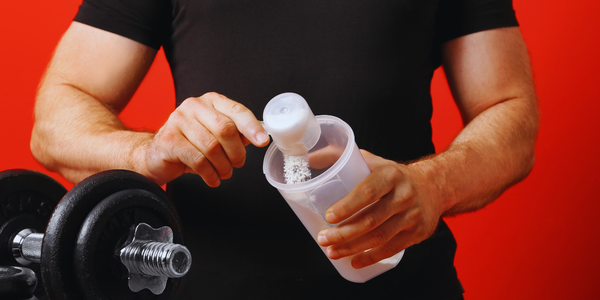4 Breathing Tips To Boost Your Cardio

Just before you climb a slope or reach the end of an interim speed, your lungs go overdrive. Your breath ends quickly and shallowly. You think you can either flood that slope or keep up your pace if no one but you can pull in more air.
The more your chest hurls, the more you are fighting. You might even end up being depleted, twisted, gasping for air. Valsalva maneuver help in this regard. It is a particular way of breathing that increases chest pressure. It causes different effects in the body, including heart rate changes and blood pressure changes.
Many people in the gym need special features within their cardio program. They have point-by-point notes of sets, reps, individual records, and arm development movements with regard to lifting loads. For cardio, the numbers and movements are swamped at moderate power for 20-30 minutes.
Your cardio preparation should be drawn closer from a top-notch weight preparation program with indistinguishable accuracy. Gym-going men can receive the rewards of an extreme session by giving closer consideration to force levels and span without ceaselessly wasting their day trudging miles on the treadmill.
Cardio fitness refers to the efficiency of pumping blood and oxygen to the body from the heart. Improving your cardio fitness will enable you to continue walking and exercise longer. Here are the 4 important tips for you to help boost your cardio.
TRACK YOUR HEART RATE:
Not at all like weight loss where you can see numbers falling on the scale, is cardio improvements gradually difficult to follow. You will practice longer and harder before long, but as you continue to propel yourself, it is hard to dismiss how far you have come. Before you start your activity program, observe these things and evaluate your cardio fitness gains again every 2 to a half year for a superior point of view.
Since your heart is a muscle, as you practice it, it ends up more grounded. In the midst of an exercise that consumes oxygen, sufficient consumption of the muscles of your body is used in a steady manner over an all-encompassing time frame. Your muscles need oxygen while working hard on your cardio.
The harder your muscles are working, the more oxygen they need. Keeping track of your heart rate is a decent way to check your muscle’s energy on the grounds that as you strengthen your body through exercise, you are also strengthening your heart. Estimating your heart rate through exercise can help you decide when you're pushing your body too hard or need to push it harder to achieve the fitness dimension you're looking for.
INTERVAL TRAINING WORKOUTS:
Internal training is based on replacing short, high-powered speed blasts with slower phases of recovery throughout a single workout. Internal training sticks to the adjustment rule.
Internal training prompts numerous physiological changes that incorporate an increase in cardiovascular efficacy as well as increased tolerance to the development of lactic acid. These advances lead to improved cardio and help in consuming the calories too.
Internal training consumes more to improve your cardio quickly, which can include slope running, which is more challenging than running on level surfaces or speed work. The Morning Cardio Workouts has a straightforward 20-minute program that will allow you to slide into it if you are new to speed up work.
EXHALE CO2 PRESENT IN BLOOD:
Lactic acid will not increase in the muscles by moderate cardio exercises since all that is delivered is also used. When you achieve the more difficult rates of work, production will exceed the use and the lactic acid will enter your blood. Sodium bicarbonate supports most lactic corrosive in your blood to maintain a sound pH by separating it into water and carbon dioxide. This results in extra carbon dioxide that your blood must release.
Your body needs more energy during exercise, which means that your tissues consume more oxygen than they still do. Expending more oxygen also means that you will also deliver more carbon dioxide because your metabolic rate is increased.
The proportion of carbon dioxide produced per oxygen also spent changes made during exercise on the grounds that there is a shift from fat to starch use. You only consume starches at the most difficult rates of work and produce a liter of carbon dioxide for every liter of oxygen you spend.
TAKE THE TALK TEST:
Using the talk test, type of activity, or target heart rate, you can find your exercise intensity. One of the least demanding approaches to screening your activity power is the talk test. You don't have to worry about any gear, like a pulsing screen.
The ability to talk and relax is all you really need. Whether you can do both in the meantime is where your power comes in. The thought behind the talk test is that the harder you're working, the shorter your breath becomes, and the harder it's talking. By checking that, you can decide whether you work at lower power, a moderate force, which is the base you need to work in the cardio, and high power.
ActiveMan — Make Your Move
The Modern Guide to Men’s Health, Fitness & Lifestyle.





